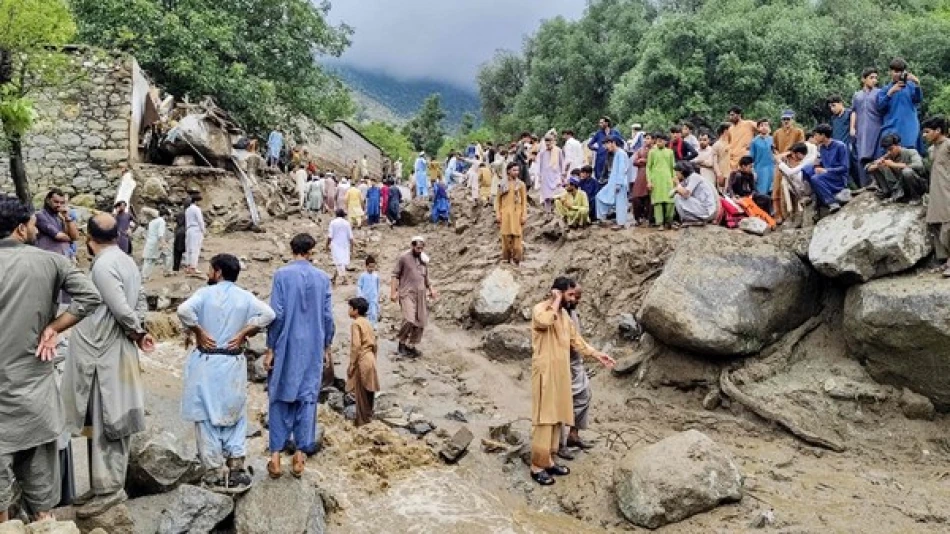
Tragedy in Pakistan as Rescue Helicopter Crashes Amid Heavy Rains, Casualties Reported
Pakistan Rescue Helicopter Crash Highlights Monsoon Season's Deadly Toll
A Pakistani rescue helicopter crashed Friday while en route to landslide-affected areas, killing all five crew members aboard and underscoring the mounting challenges authorities face during the country's increasingly destructive monsoon season. The tragedy comes as Pakistan grapples with heavy rainfall that has already claimed 164 lives across the northern regions, raising fresh questions about the country's disaster response capabilities and infrastructure resilience.
Fatal Mission to Flood-Ravaged Communities
The helicopter went down in Khyber Pakhtunkhwa, the mountainous province bordering Afghanistan, according to Chief Minister Ali Amin Gandapur. All five crew members, including both pilots, were killed in the crash as they attempted to reach communities cut off by monsoon-triggered landslides.
The incident highlights the dangerous conditions rescue teams face during Pakistan's monsoon season, when treacherous weather, mountainous terrain, and urgent humanitarian needs create a perfect storm of operational challenges. Emergency responders often work in conditions that would ground civilian aircraft, pushing safety margins to their limits.
Pakistan's Growing Monsoon Crisis
This year's monsoon devastation follows a familiar but worsening pattern. The 164 deaths reported so far in northern Pakistan reflect the country's increasing vulnerability to extreme weather events, a trend that has accelerated over the past decade.
Historical Context of Monsoon Disasters
Pakistan's monsoon seasons have grown more unpredictable and severe. The 2022 floods, which submerged one-third of the country and affected 33 million people, marked a watershed moment in understanding how climate change amplifies traditional weather patterns. That disaster caused over $30 billion in damages and killed more than 1,700 people.
The current casualties, while significant, represent the kind of "routine" monsoon damage that has become Pakistan's new normal—a baseline of destruction that occurs even in non-catastrophic years.
Infrastructure and Response Challenges
The helicopter crash exposes critical gaps in Pakistan's disaster response infrastructure. Unlike countries such as Japan or the Philippines, which have developed sophisticated early warning systems and disaster-resistant infrastructure after decades of natural disasters, Pakistan continues to rely heavily on reactive emergency responses.
Economic Implications
For Pakistan's struggling economy, each monsoon season represents a significant drain on resources. The country, already grappling with an IMF bailout program and foreign exchange shortages, faces mounting costs for emergency response, infrastructure repair, and agricultural losses.
The repeated cycle of destruction and rebuilding prevents Pakistan from investing in preventive infrastructure that could reduce future casualties and economic losses. This creates a vicious cycle where each disaster leaves the country more vulnerable to the next.
Regional Weather Patterns and Future Outlook
Climate scientists have identified South Asia as one of the regions most vulnerable to changing monsoon patterns. Pakistan's unique geography—with the Himalayas to the north and the Arabian Sea to the south—creates conditions where small changes in global weather patterns can trigger dramatic local consequences.
The loss of experienced rescue personnel in incidents like Friday's crash further degrades Pakistan's ability to respond to future disasters, creating a concerning trend where the country's emergency response capacity diminishes just as climate challenges intensify.
 Layla Al Mansoori
Layla Al Mansoori







